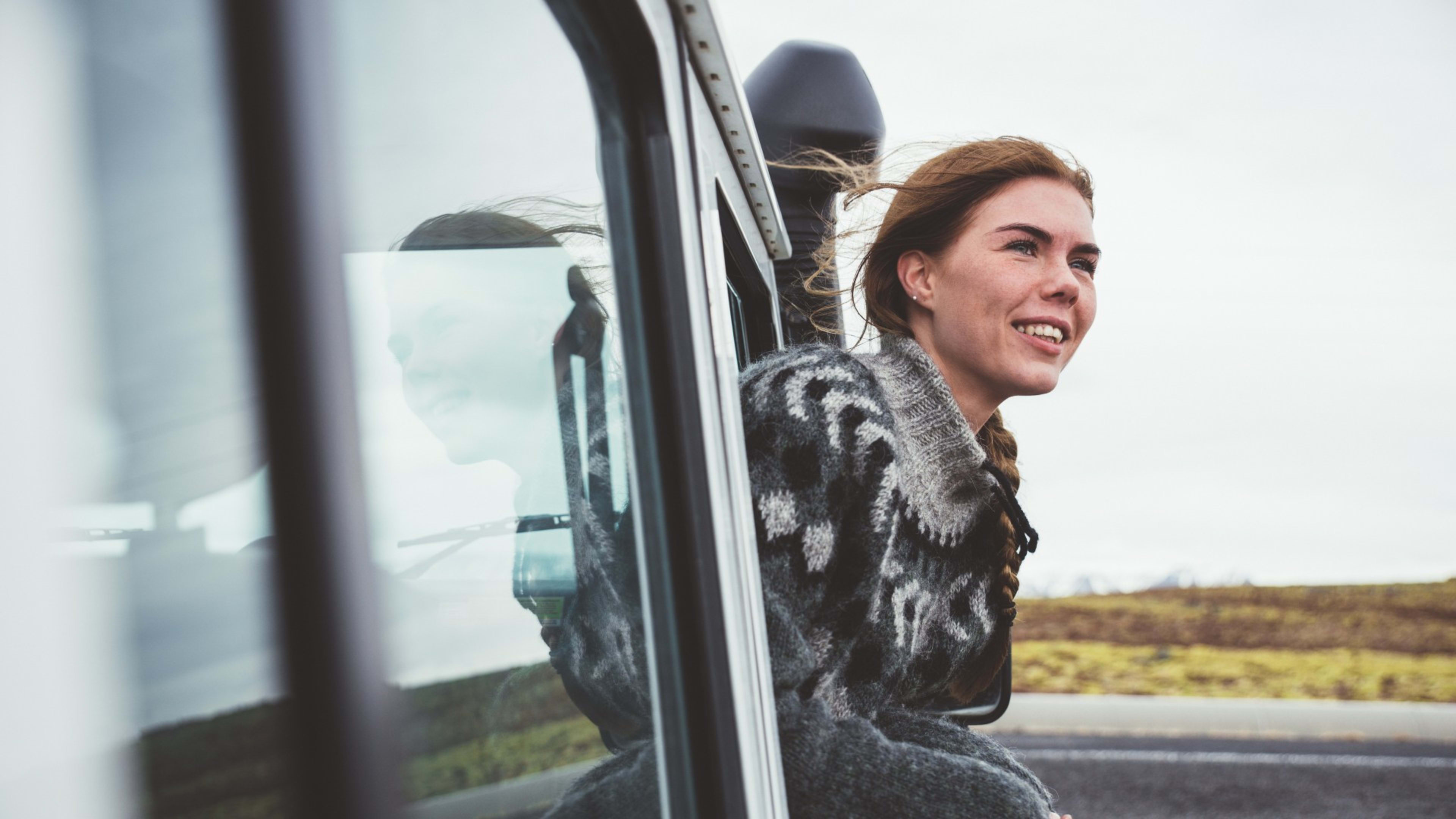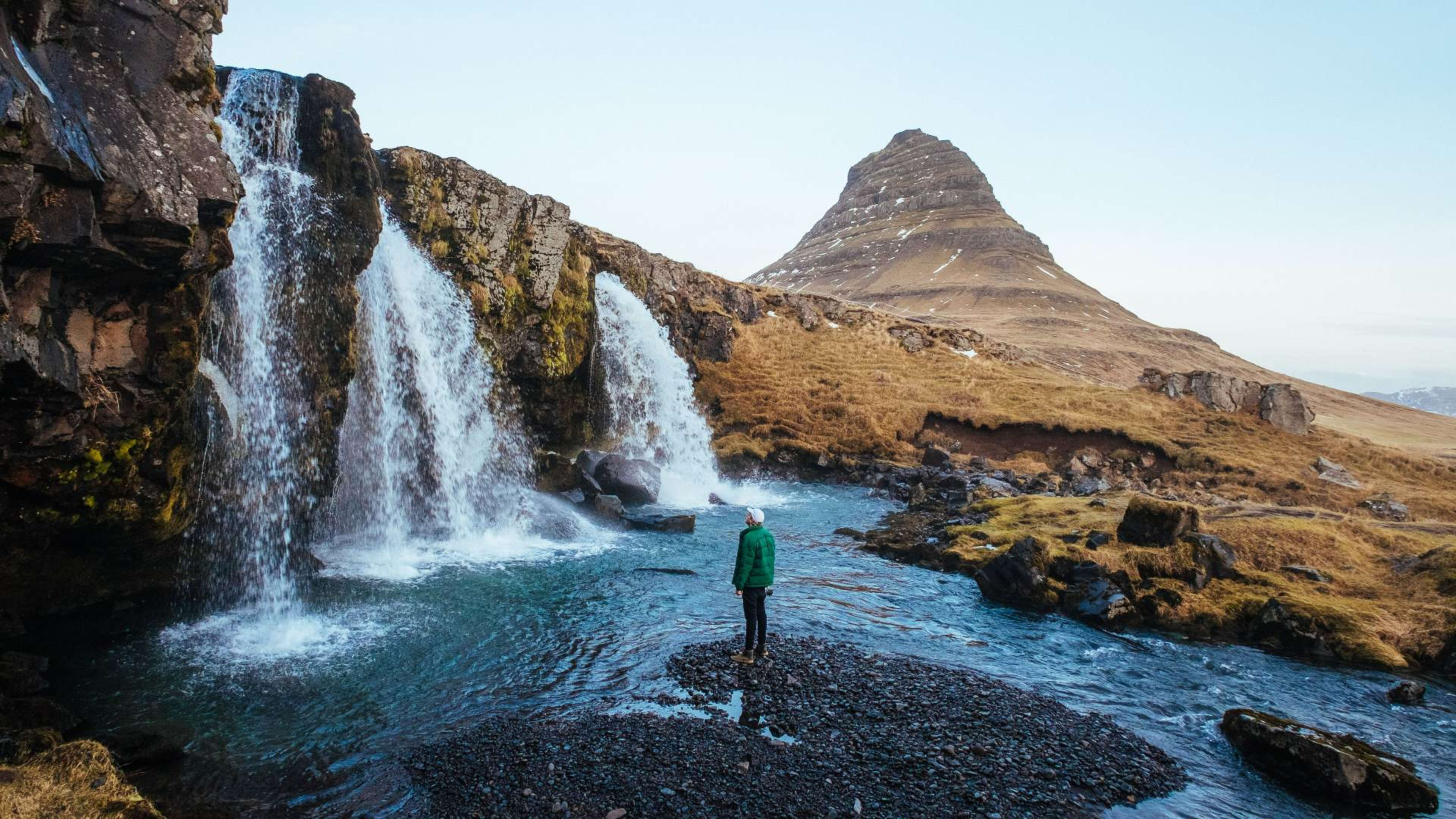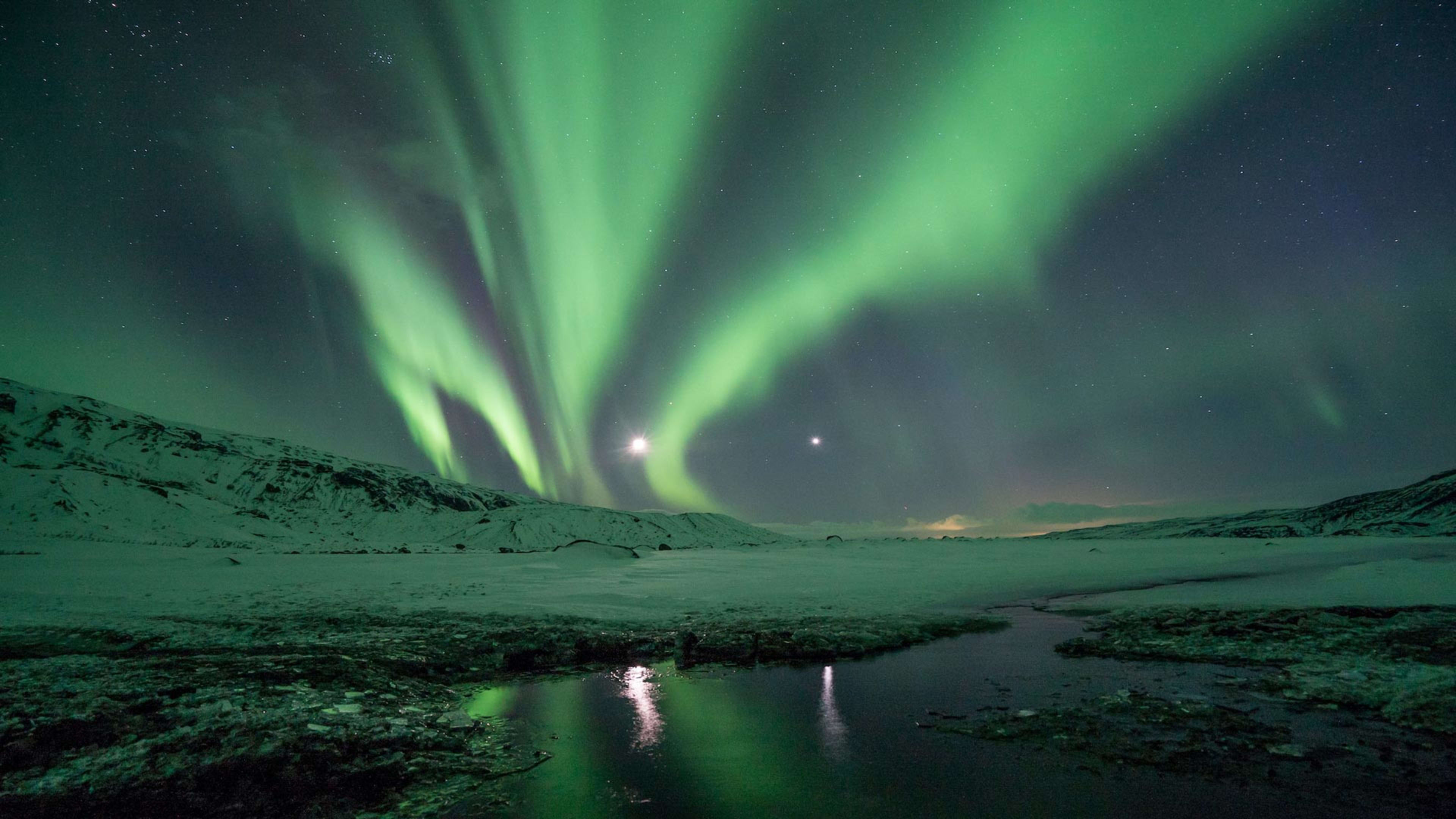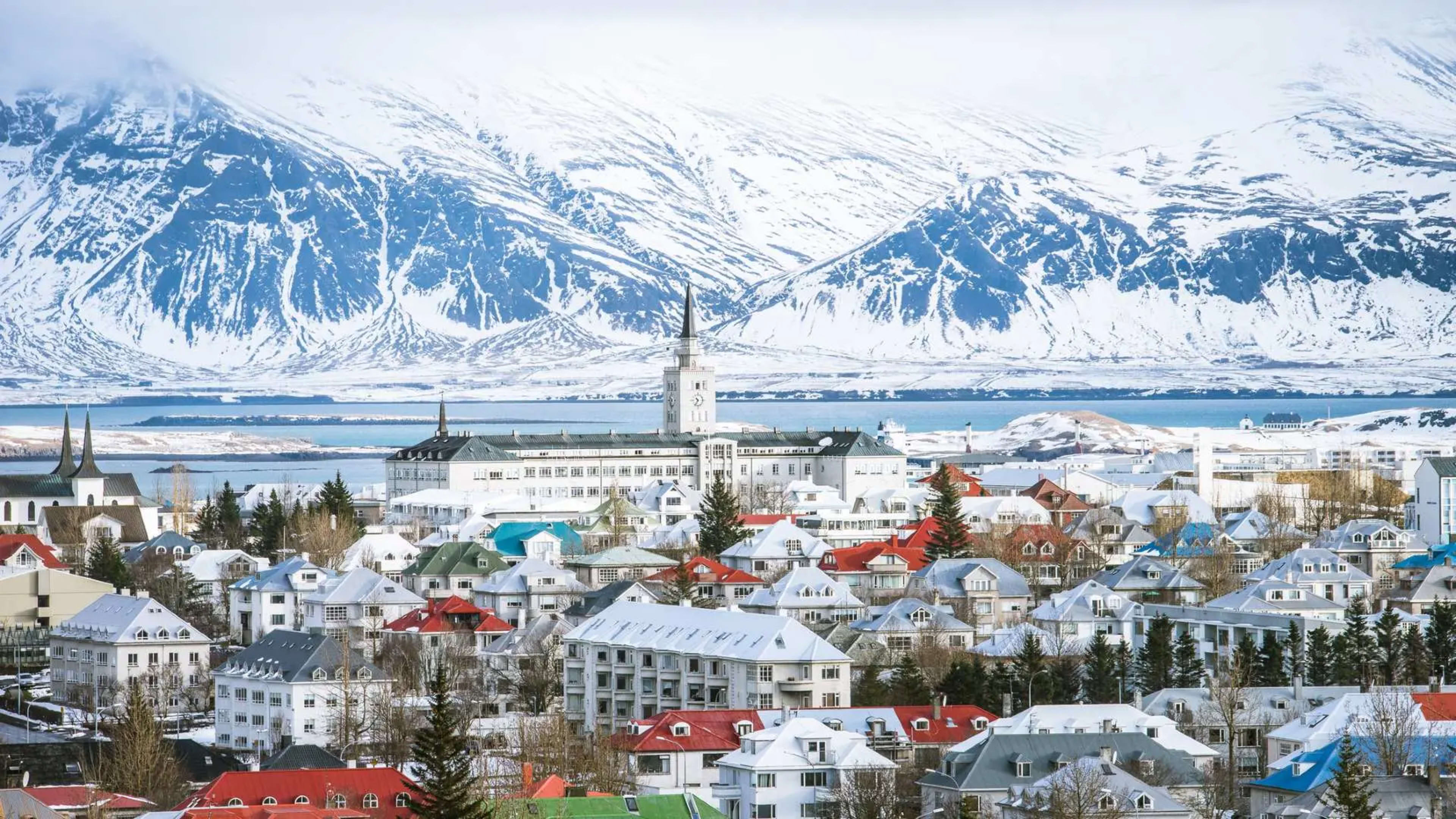Having an Icelandic name can be pretty entertaining at times. Especially when you share it with someone who doesn’t speak the language. Icelandic names can be long, have unique letters, and even change depending on how you’re talking about the person.
Take the name Egill, for example – a common name for men in Iceland. When you use it in a sentence like ‘I am with Agli’, it changes entirely! This can be confusing, even for Icelanders.
Want to learn more about Icelandic names? In this blog, you’ll dive into their Viking history, quirky rules, and fascinating customs. Plus, discover some internationally friendly names and their meaning.
- Immerse yourself in the local culture on a vacation to Iceland.
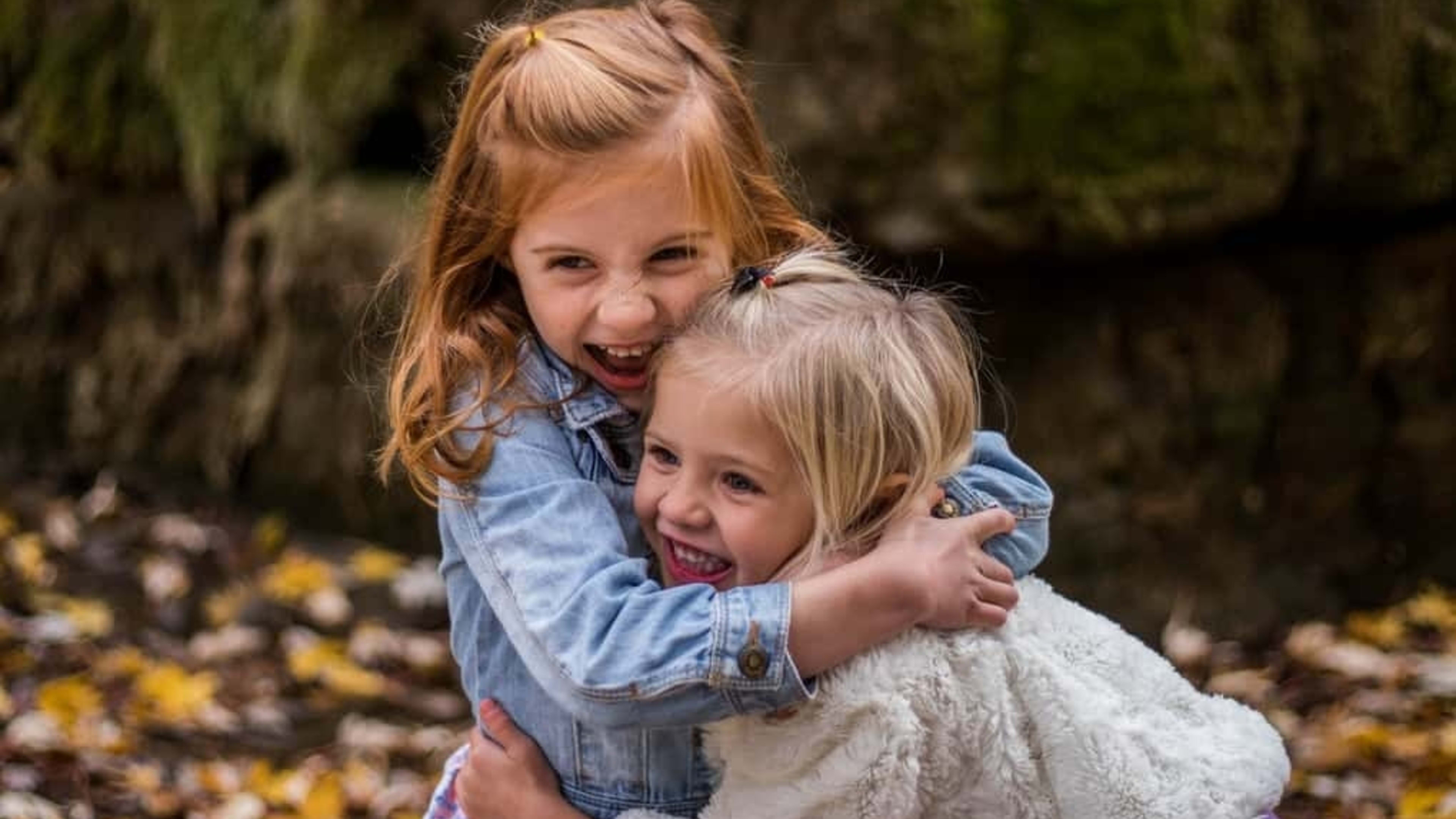
From Viking roots to modern-day
My name, Ragnheiður, is one of those names that popped up after the Vikings arrived in Iceland. Thanks to our remote location, it never made its way to the rest of Scandinavia. So, outside of the island, it’s practically unheard of.
But in Iceland, it’s popular and has stayed in the top 10 for centuries. Ragnheiður means ‘as bright as the old pagan gods’ and is the female version of the famous Viking name, Ragnar.
It wasn’t until I started traveling that this name started giving me a bit of a hard time. I remember waiting at the gate to board a plane in Laos, watching airport staff gather to see who – or what – would show up when they called out my unfamiliar name!
Fortunately, not all Icelandic names are as challenging. With globalization, many Icelanders are now choosing more international names like Andrea, Viktoría, Leó, and Gabríel. Though, of course, you’ll still hear classic male names like Sigurður or Þorsteinn and female names like Guðrún and Ingibjörg.
But let’s start from the beginning and look at the roots of Icelandic names.
- Discover Iceland your way on a self-drive tour.
- Related: All about the Vikings in Iceland.
Origin of Icelandic names
The first people to settle in Iceland mostly came from the Nordic countries. But on their way, they would often stop off at the Celtic islands – Ireland and Scotland – to kidnap women and take them to Iceland. This tragic yet rarely mentioned piece of history actually ended up shaping Icelandic naming.
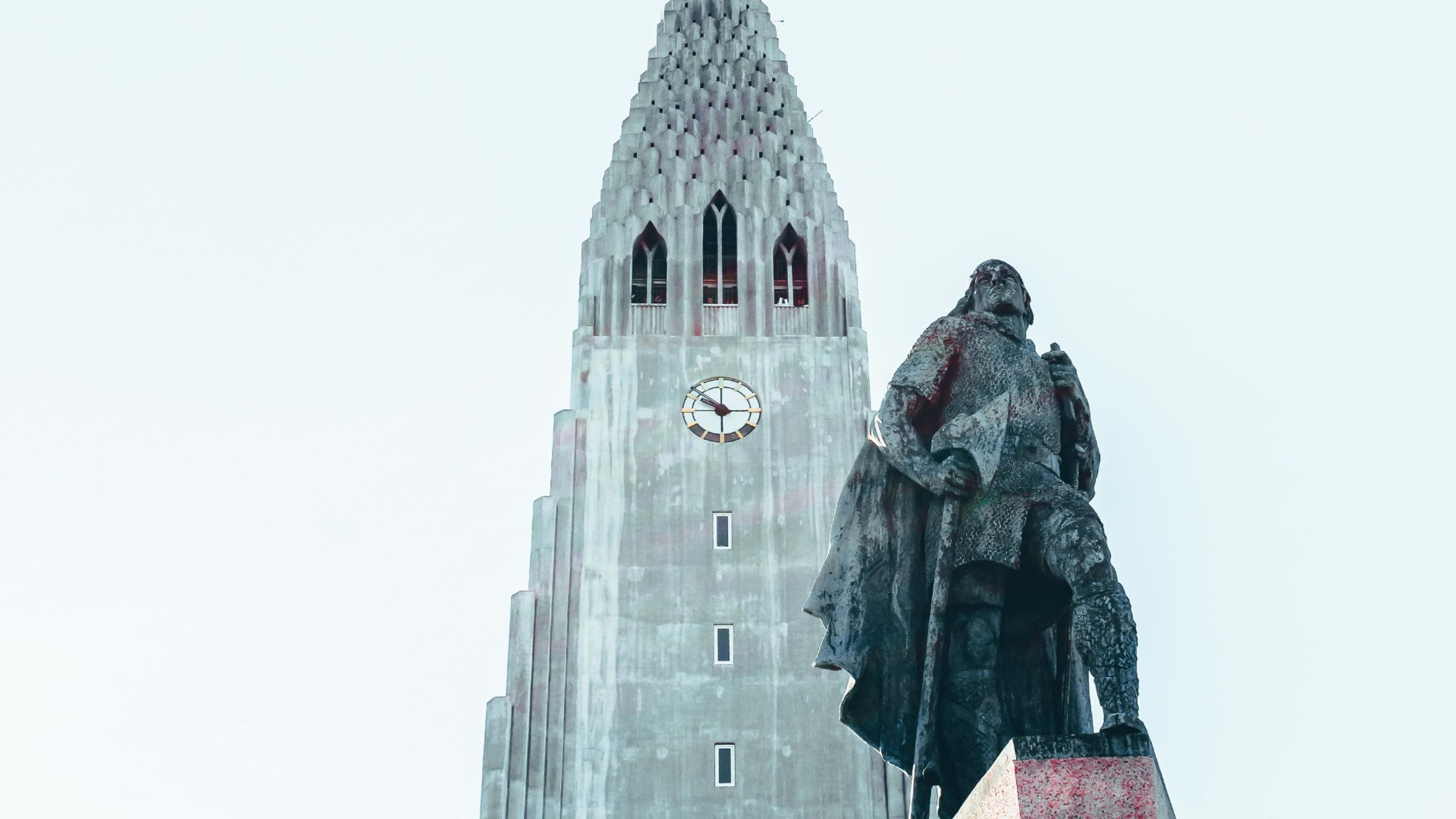
Here are some examples of original names:
Male names
- Flóki
- Ingólfur
- Einar
- Helgi
- Ketill
Female names
- Auður
- Arnkatla
- Hallbera
- Kaðlín
- Þuríður
- Valgerður
Once the settlers arrived, they started making up new names, often inspired by the ones they already knew. But they’d add a little flair with slight changes, like Álfheiður (‘bright like an elf’) or Ásdís (‘divine fairy’). Prefixes like Álf- and Ás- were already popular, along with suffixes like -dís, which appeared in names like Herdís.
Fun fact: Icelanders still love to mix and match prefixes and suffixes to create new names.
Did you know inspiration came from the landscape, too? The name Snælaug, meaning ‘snow pool’, didn’t show up until around 1155. It was likely inspired by the country’s endless snow and natural hot pools. If you visit Iceland in winter, you’ll get to experience how well these 2 go together

As time passed, Icelanders became more experimental with names, drawing inspiration wherever they could find it. So, when Iceland switched from Paganism to Christianity, the naming trends shifted too.
That’s when you started seeing names like Guðleifur, Rakel, Pétur, and Guðfinna, often with the prefix ‘Guð’ meaning ‘God’. You’ll find that many of these names are still quite popular in Iceland today.
- Warm up in hot springs surrounded by snow on a winter trip to Iceland.
- Related: Iceland in summer vs winter.
Other naming influences in Iceland
Another wave of names hit Iceland when people started traveling more, picking up inspiration from royal names abroad. That’s when names like Anna popped up in the mid-15th century, Elísabet (or Elisabeth) in the late 16th century, and Kristján (Christian) around the same time.
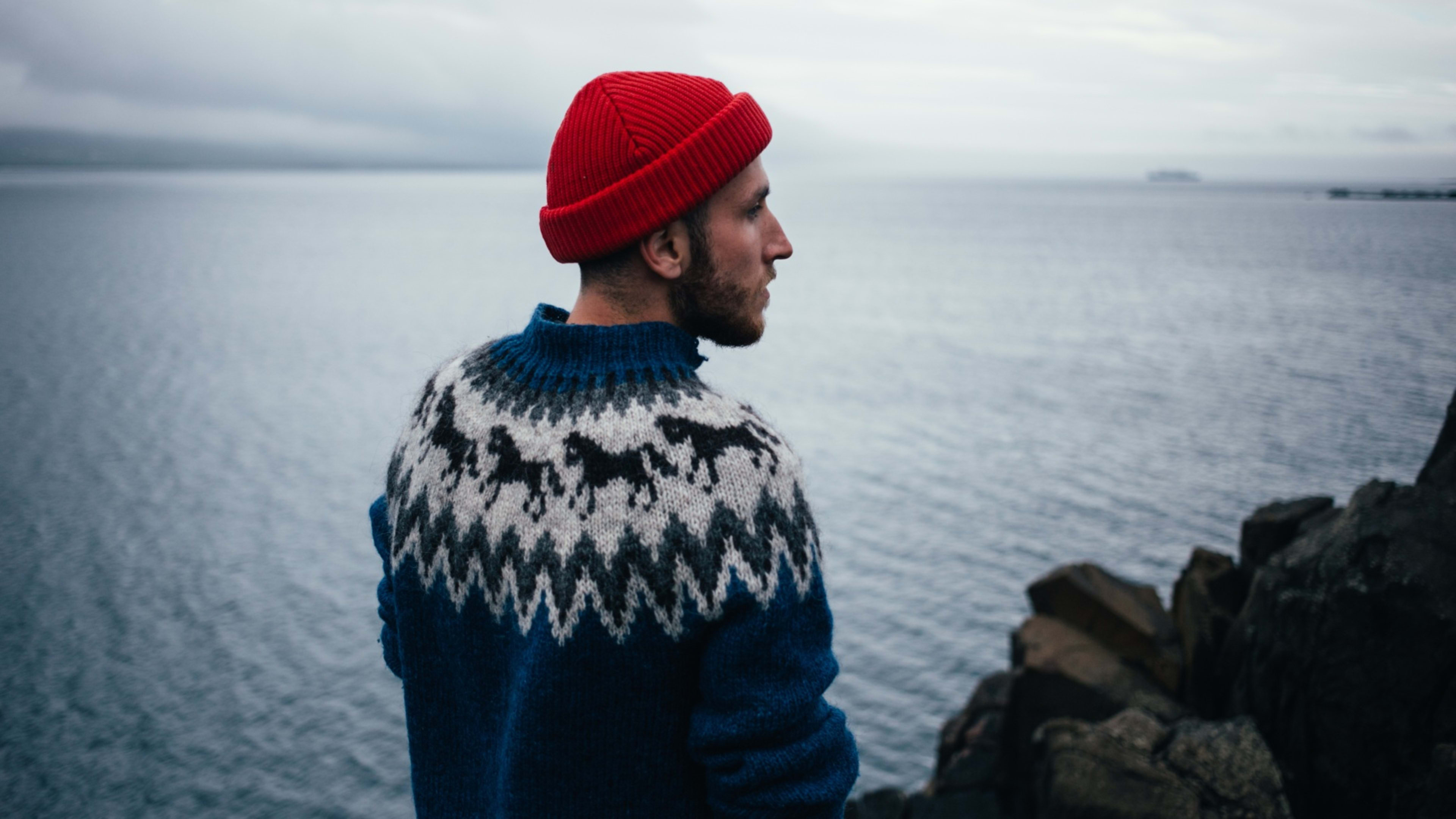
Until the mid-18th century, Icelanders typically only had one first name along with a last name. The trend of 2 given names didn’t start until parents decided to name their kids with double names – and it caught on quickly. Now, most Icelanders have 2 first names.
There’s even a running joke in Iceland that having 2 names makes it easier to scold your child!
- Learn other interesting facts about Iceland.
Facts about Icelandic names, laws, and naming etiquette
1. There are only a few gender-neutral names
You’ll find there are only about 3 names in Icelandic that are gender-neutral. The rest are gender-specific. And every Icelandic name has a meaning.
Ask the locals the meaning of their names when you visit. Luckily, Iceland is one of the most welcoming countries in the world, so you’ll have no problem striking up a conversation. This also makes it a safe destination if you’re an LGBTQ+, female, or solo traveler.
2. Last names aren't a thing in Iceland
Most Icelanders don’t have last names. Instead, they have special terms for people who share the same first name.
If 2 women have the same name, they’re called nöfnur, and for men, it’s nafnar. If 2 people share the exact same full name – like María Kristín Þorkelsdóttir – they’re called alnöfnur for women and alnafnar for men, which translates to ‘the-whole-same-name’.
3. Last names don't change after marriage
Icelanders don’t change their last names when they get married. Many families actually end up with a mix of last names across family members.

4. There are lots of superstitions
There’s an old tradition in Iceland where you name a child after someone who shows up in the mother’s dreams while she’s pregnant. The idea is that if you ignore the ‘request’ of this dream visitor, it could actually bring harm to the unborn child. This is especially true if the visitor has already passed away.
Funnily enough, that’s exactly how my grandmother got both of her names!
Some Icelanders still believe names hold special powers. For example, a baby boy who seemed sickly at birth might be named Ófeigur, which means ‘immortal’ as a way to protect him.
5. Names have rules
Oh, and Iceland has rules for names: some are allowed only as first names, others only as middle names. So, there’s always a little extra thought behind each Icelandic name.
- Explore the Land of Fire & Ice on a solo trip.
- Related: Icelandic traditions that you might find strange.
How do Icelanders choose names for their children?
Naming children after your parents or grandparents is still a strong tradition in Iceland. Even though it’s not as common as it once was, a lot of people feel this urge to honor loved ones once their little ones arrive.
Maybe it’s that close-knit community vibe. Family ties in Iceland are often super strong, and grandparents often play a big role, almost like ‘backup parents’.
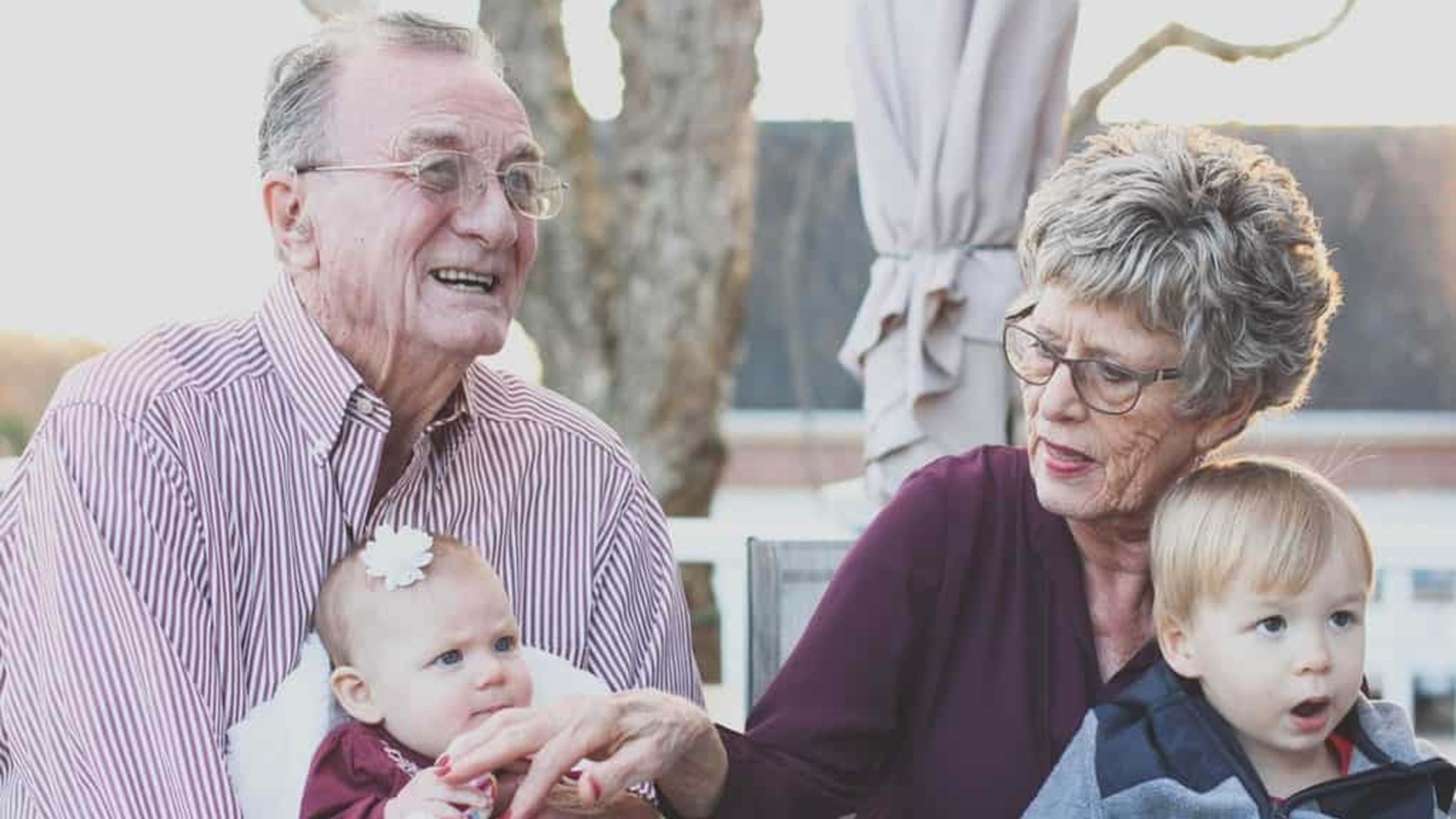
At the end of the day, Icelanders name their kids much like anywhere else. But it’s the unique dream-naming tradition – and, of course, the all-powerful Naming Committee – that really sets Iceland apart.
- Check out these adventure-filled family trips to Iceland.
- Related: Iceland with kids – What to know before you go.
Icelandic Naming Committee
Believe it or not, Iceland has a Naming Committee that approves or denies names that haven’t been used before. No, this isn’t a joke!
The government formed this committee with lawyers, Icelandic language professors, and other scholars to interpret naming laws passed by parliament. Once a month, they get together to review all the name applications, and some make it through while others don’t.
Newly approved names often make the news, along with those denied, and the comment sections can get pretty heated. People definitely have strong opinions on what counts as a ‘proper’ name.
The committee follows 3 main rules:
- The name must not cause harm or difficulty for the person.
- Boys must have male names, and girls must have female names.
- The name has to work with Icelandic grammar and spelling.
Here are a few names that got the green light in late 2019:
- Sólúlfur (male)
- Maríón (male)
- Systa (female)
- Lynd (female)
And these have been rejected:
- Kona (female)
- Theo (male)
- Zelda (female)
- Zion (male)
- Alex (female)
- Sukki (male)
- Thurid (female)
The committee’s very existence has sparked debate in recent years. Some say it goes against basic human rights, while supporters argue it protects the Icelandic language and grammar.
When you visit, you’ll quickly see how much locals value their culture and language. The Naming Committee is just one example of how they’re dedicated to preserving traditions, and it’s something you’ll notice in many aspects of life here.
Understanding the importance of names and the history behind them helps you connect more deeply with Iceland and the people who call it home. It’s all part of what makes it such a special place to explore.

- Get a local’s perspective on life in Iceland on a guided group tour.
- Learn more about Icelandic people & culture.
Most common Icelandic names
Like in many other countries, Iceland sees a rise in certain names when celebrities, fictional characters, or other public figures come into the spotlight.
A great example of this happened a few years ago when Icelandic actor and director Baltasar Kormákur gained international attention with movies like Contraband and Everest. As his fame grew, suddenly, every other little boy seemed to be named Baltasar!
Fun fact: Kormákur was only the second person in Iceland to get the name Baltasar, with his father being the first. The name actually comes from Spain, and it’s been passed down to Baltasar’s son, Baltasar Breki, too. But it wasn’t until Kormákur’s success that the name really took off.
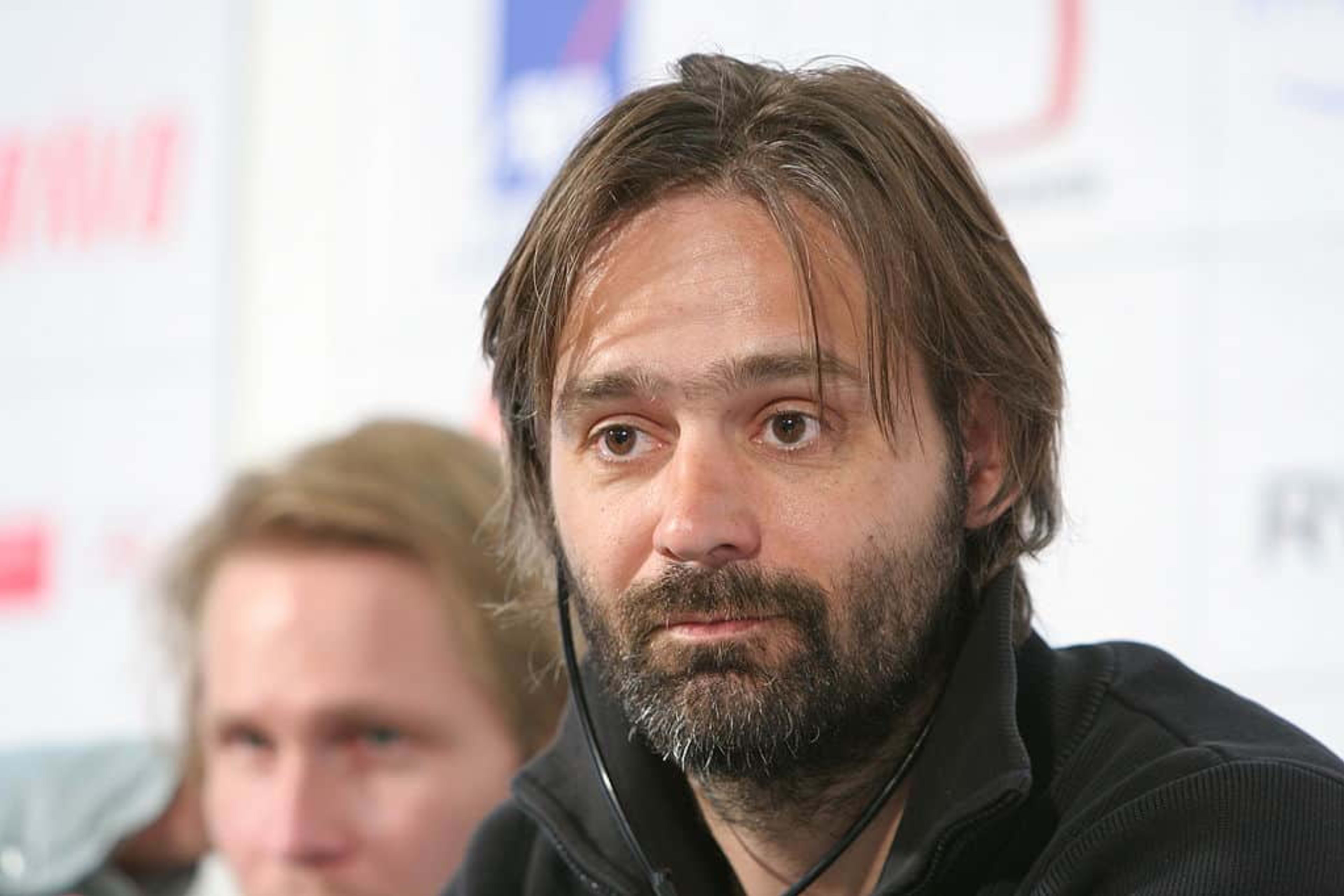
Despite trends and a few names spiking in popularity, Iceland’s naming traditions are strong. A solid chunk of young Icelanders, around 35%, still carry their grandparents’ names, with even higher numbers among older generations.
So, while fame might introduce a few ‘new’ names to the list, Icelandic names have a way of staying rooted in tradition. Take a look at some of the most popular ones below.
Most common Icelandic girl names
- Guðrún
- Anna
- Kristín
- Sigríður
- Margrét
- Helga
- Sigrún
- Ingibjörg
Most common Icelandic boy names
- Jón
- Sigurður
- Guðmundur
- Gunnar
- Ólafur
- Einar
- Kristján
- Magnús
How do Icelandic last names work?
Icelandic surnames have been getting a lot of attention recently, mostly thanks to some incredible sports achievements. Whether it’s all the -sons playing in the FIFA World Cup, UFC fighters, or the -dóttirs dominating the CrossFit games, Icelandic names are hard to miss.
The Icelandic naming system is actually the old Scandinavian way, which all Nordic countries once used. It’s a paternal system, where kids take their father’s first name as their last name, adding son or dóttir at the end – son if they’re a boy, and dóttir if they’re a girl.
It sounds confusing at first, but it’s really pretty straightforward. Here’s an example.

Another fun fact about Icelandic last names is that only 4% of Icelanders have them. Keeping a last name on the family tree is challenging under Icelandic naming laws. It can only be passed down from father to child.
So, if a father has 3 daughters and no sons, technically, that family name ‘dies’ with the daughters.
That said, daughters can sometimes get permission to pass the family name to their children, keeping it on the family tree a little longer. You can see how this system is both traditional and, in some ways, outdated.

In recent years, people have started rethinking this. Today, some kids take both parents’ names before adding -son or -dóttir.
Back in the day, using the mother’s name was often seen as a sign the father had abandoned the family, which carried a certain stigma. Some mothers would even apply to give their child the grandfather’s name instead.
But that’s all in the past. Now, people wear their last names with pride, whether it comes from a father, a mother, 2 mothers, or 2 fathers. The system is evolving, and Icelandic names are more meaningful and varied than ever.
Icelandic name meanings
As mentioned earlier, every Icelandic name has its own meaning. This is something the Naming Committee looks at when deciding if a name gets the green light. These meanings range from adventurous and fun to more straightforward, like ‘male version of X’.
Examples of Icelandic names and their meanings

Icelandic names you could use
Many Icelandic names have letters that only exist in the Icelandic alphabet, like Æ, Ð, Ý, Á, and Ú. Even with these special characters, Icelandic names are growing more popular with parents worldwide who want a bit of Iceland’s charm for their children’s names.
Maybe you and your partner met in Iceland, fell in love here, or even tied the knot surrounded by Iceland’s landscapes. Or maybe the magic of Iceland is just something you want to carry forward. Whatever the reason, finding a local name that works internationally can be a bit tricky.
To help you, here’s a list of Icelandic names and their meanings. They’re easier to spell and pronounce around the world.

Boy names
- Alvar = rich
- Ari = eagle
- Darri = spear
- Elmar = ship
- Emil = friendly
- Flosi = happy man
- Funi = fire
- Hilmir = king
- Logi = flame
- Nói = he who lives long
- Orri = a bird’s name
- Salvar = home protecteor
- Sigmar = famous in battle
- Uni = carer
- Vilmar = great warrior
Girl names
- Freyja = pagan goddess of love and fertility
- Edda = ancestress
- Harpa = instrument or the old month (spring)
- Hekla = an Icelandic volcano
- Katla = an Icelandic volcano
- Hilda = battle
- Hrefna = raven
- Karitas = love, endearment
- Lind = pond
- Lukka = luck or happiness
- Saga = saga
- Sunna = sun
These names carry a touch of the country's heritage, with many even rooted in Norse mythology. Choosing one could be a cool way to honor Iceland’s cultural legacy.
- Go on a summer vacation in Iceland with your significant other.
- Related: Romantic Iceland – Top places to propose.
Experience Icelandic culture for yourself
Now that you’ve had a glimpse into Iceland’s fascinating names and traditions, why not dive deeper? A trip to the Land of Fire and Ice is the perfect way to experience its culture firsthand, meet the welcoming locals, and explore mind-blowing landscapes.
If you want the freedom to discover the country at your own pace, a self-drive tour is the answer. Or you could learn about Icelandic history, nature, and culture from experienced tour guides on a multi-day, guided group tour, or privately guided trip.
With an Iceland Tours package, you get places to stay, local transport, and a detailed itinerary. Find your ideal trip with these Iceland vacations and lock in your booking with just a 5% deposit.

